New study finds cancer-causing mineral in US road gravel
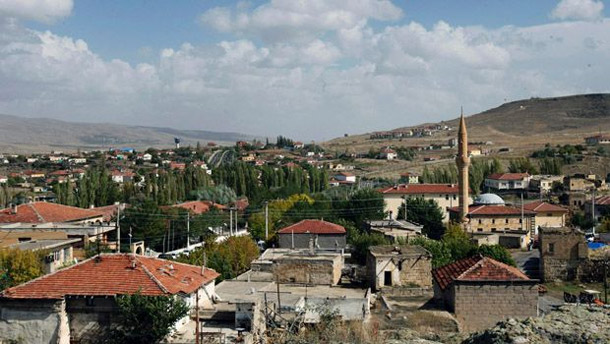
As school buses drive down the gravel roads in Dunn County, North Dakota, they stir up more than dirt. The clouds of dust left in their wake contain such high levels of the mineral erionite that those who breathe in the air every day are at an increased risk of developing mesothelioma, a type of cancer of the membranes around the lungs, new research shows.
Erionite is a natural mineral fiber that shares similar physical similarities with asbestos. When it’s disturbed by human activity, fibers can become airborne and lodge themselves in people’s lungs. Over time, the embedded fibers can make cells of the lung grow abnormally, leading to mesothelioma, a form of lung cancer most often associated with the related mineral asbestos.
Michele Carbone, M.D., Ph.D., director of the University of Hawaii Cancer Center in Honolulu, has previously linked erionite exposure in some Turkish villages to unusually high rates of mesothelioma. Recently, he and colleagues turned their attention to potential erionite exposure in the U.S., where at least 12 states have erionite-containing rock deposits.
More than 300 miles of roads are now paved with the gravel. The new study, reported in the July 25, 2011 issue of Proceedings of the National Academy of Sciences (PNAS) is the first to look at the potential hazards associated with erionite exposure in the U.S. The scientists compared the erionite in North Dakota to erionite from the Turkish villages with high mesothelioma rates. They measured airborne concentrations of the mineral in various settings, studied its chemical composition, and analyzed its biological activity.
When mice were injected with the erionite from Dunn County, their lungs showed signs of inflammation and abnormal cell growth, precursors to mesothelioma. Under the microscope, the fiber size of the erionite from North Dakota was similar to that of the Turkish erionite. Overall, the researchers found no chemical differences between the North Dakota erionite and samples of the cancer-causing mineral from Turkey. The airborne levels of erionite in North Dakota were comparable to levels found in Turkish villages with 6-8 percent mortality rates from mesothelioma, the researchers reported. The long latency period of the disease-it can take 30 to 60 years of exposure to cause mesothelioma-and the fact that many erionite deposits have only been mined in the past few decades suggests that the number of cases could soon be on the rise.
In addition to North Dakota, California, Oregon, Arizona, Nevada and other states have erionite deposit, but the possibility of human exposure elsewhere in the U.S. has not yet been investigated. In contrast to asbestos, which causes mesothelioma at lower rates, there are no established health benchmarks in the U.S. on safe levels of erionite exposure, because until recently, physicians thought that erionate was present only in Turkey. The new findings, however, indicate that precautionary measures should be put in place to reduce exposure to the mineral.
In Turkey, earlier findings led to moving villagers away from areas with high levels of erionite, into new housing built out of erionite-free materials. Future studies could analyze erionite levels in other areas of the U.S. and develop strategies to prevent and screen for mesothelioma. (TerraDaily)
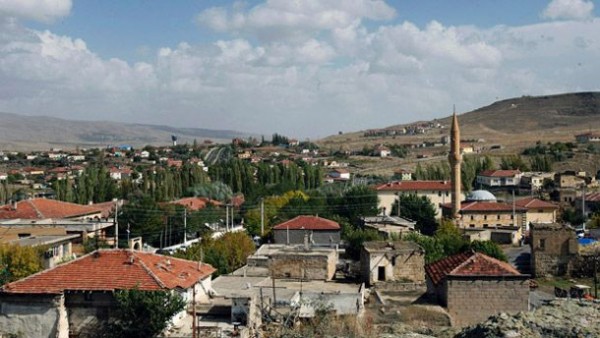 To date, no one in Dunn County has been diagnosed with mesothelioma as a result of erionite, but It is only a matter of time. The first such cases in North America have already been reported. And to see what the future holds, you only have to look 6,000 miles away at the Cappadocia region of Turkey.
To date, no one in Dunn County has been diagnosed with mesothelioma as a result of erionite, but It is only a matter of time. The first such cases in North America have already been reported. And to see what the future holds, you only have to look 6,000 miles away at the Cappadocia region of Turkey.
The villages in this area have been using erionite-rich rock to build their homes for years, and they have suffered for it with an epidemic of mesothelioma. Since the 1970s, this rare type of cancer has been responsible for almost half of all the deaths in three villages – Tuzkoy, Karain and Sarihidir. For comparison, in 2008, the disease only accounted for 0.4% of deaths in the UK. (DiscoverMagazine)
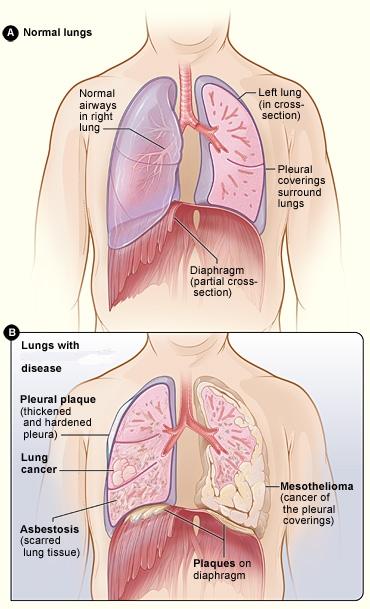 Deposits of fibrous erionite are located in Arizona, Nevada, Oregon, and Utah. These zeolite beds may be up to 15 feet thick and may lie in surface outcroppings. Erionite fibers have been detected in samples of road dust in Nevada and U.S. residents of the Intermountain West may be potentially exposed to fibrous erionite in ambient air. In the summer of 2009 North Dakota began a study of possible erionite exposure among residents. Erionite has also been identified in samples from the Tertiary Arikaree Formation in southeast Montana and northwest South Dakota.
Deposits of fibrous erionite are located in Arizona, Nevada, Oregon, and Utah. These zeolite beds may be up to 15 feet thick and may lie in surface outcroppings. Erionite fibers have been detected in samples of road dust in Nevada and U.S. residents of the Intermountain West may be potentially exposed to fibrous erionite in ambient air. In the summer of 2009 North Dakota began a study of possible erionite exposure among residents. Erionite has also been identified in samples from the Tertiary Arikaree Formation in southeast Montana and northwest South Dakota.
Potential occupational exposure to erionite occurs during the production and mining of other zeolites. In the past, occupational exposure occurred from erionite mining and production operation. Erionite also was reported to be a minor component in some commercial zeolites. Therefore, the use of other zeolites may result in potential exposure to erionite for the workers and the general population who use the zeolites in a variety of processes and products.
Total dust exposures for miners in an open-pit zeolite mine that contained some erionite in Arizona ranged from 0.01 to 13.7 mg/m3; respirable dust in the mining area was 0.01 to 1.4 mg/m3. Erionite is held responsible for the high incidence of lung cancer, mesotheliomaand other lung problems in the Turkish village of Tuzkoy near Nevsehir in the popular tourist region of Cappadoccia. (wikipedia)
A mesothelioma epidemic in Cappadocia: scientific developments and unexpected social outcomes
Erionite – North Dakota Department of Health

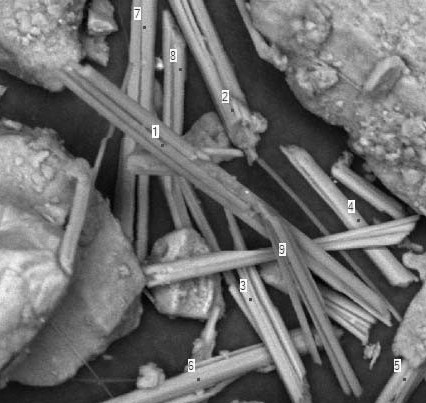
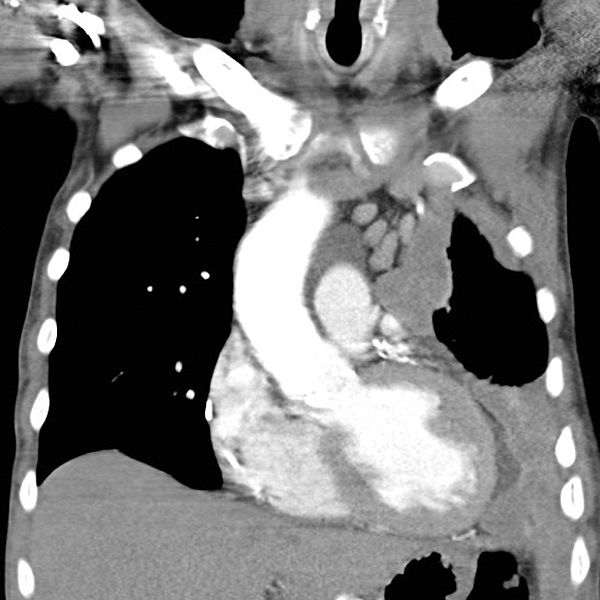
Commenting rules and guidelines
We value the thoughts and opinions of our readers and welcome healthy discussions on our website. In order to maintain a respectful and positive community, we ask that all commenters follow these rules.